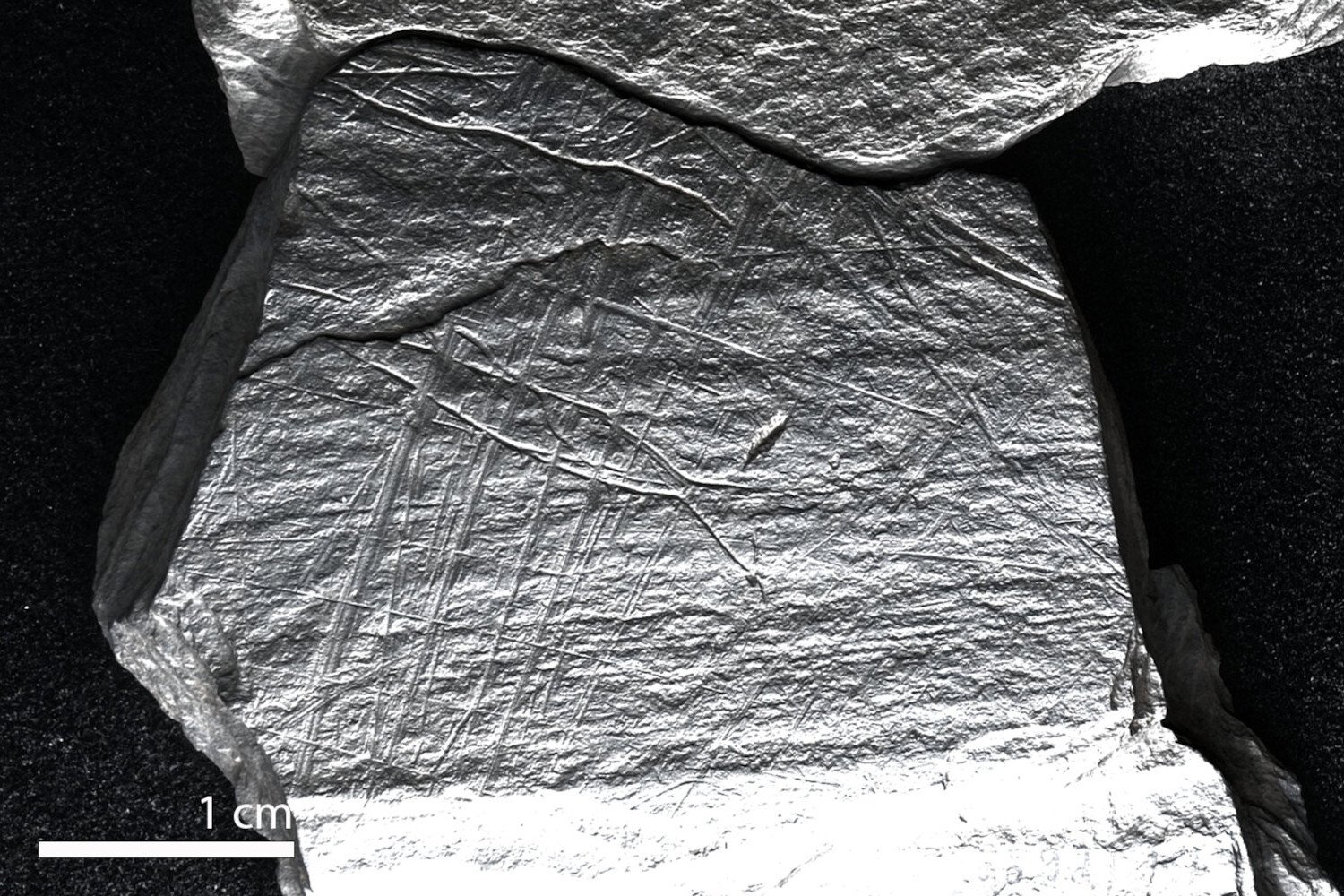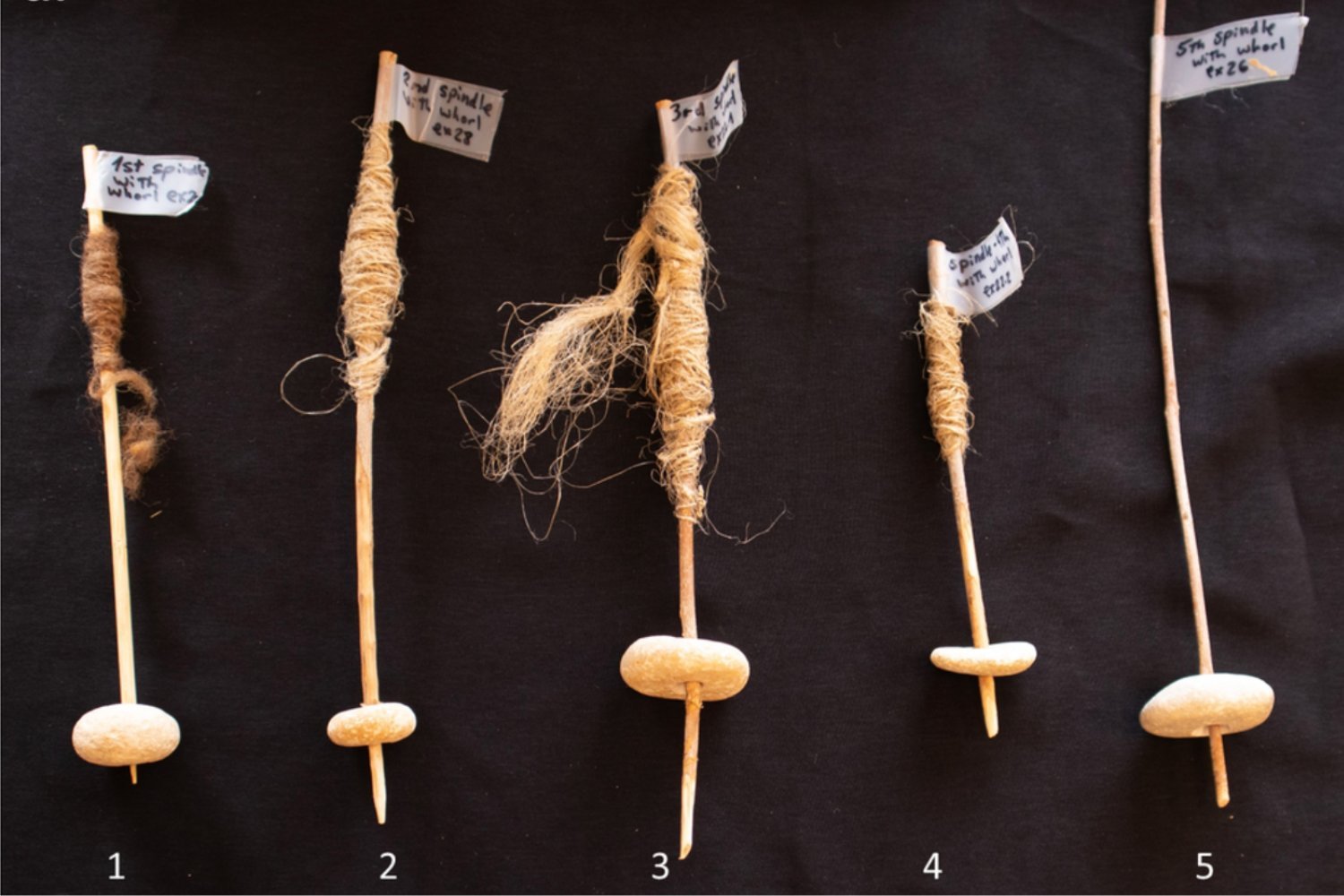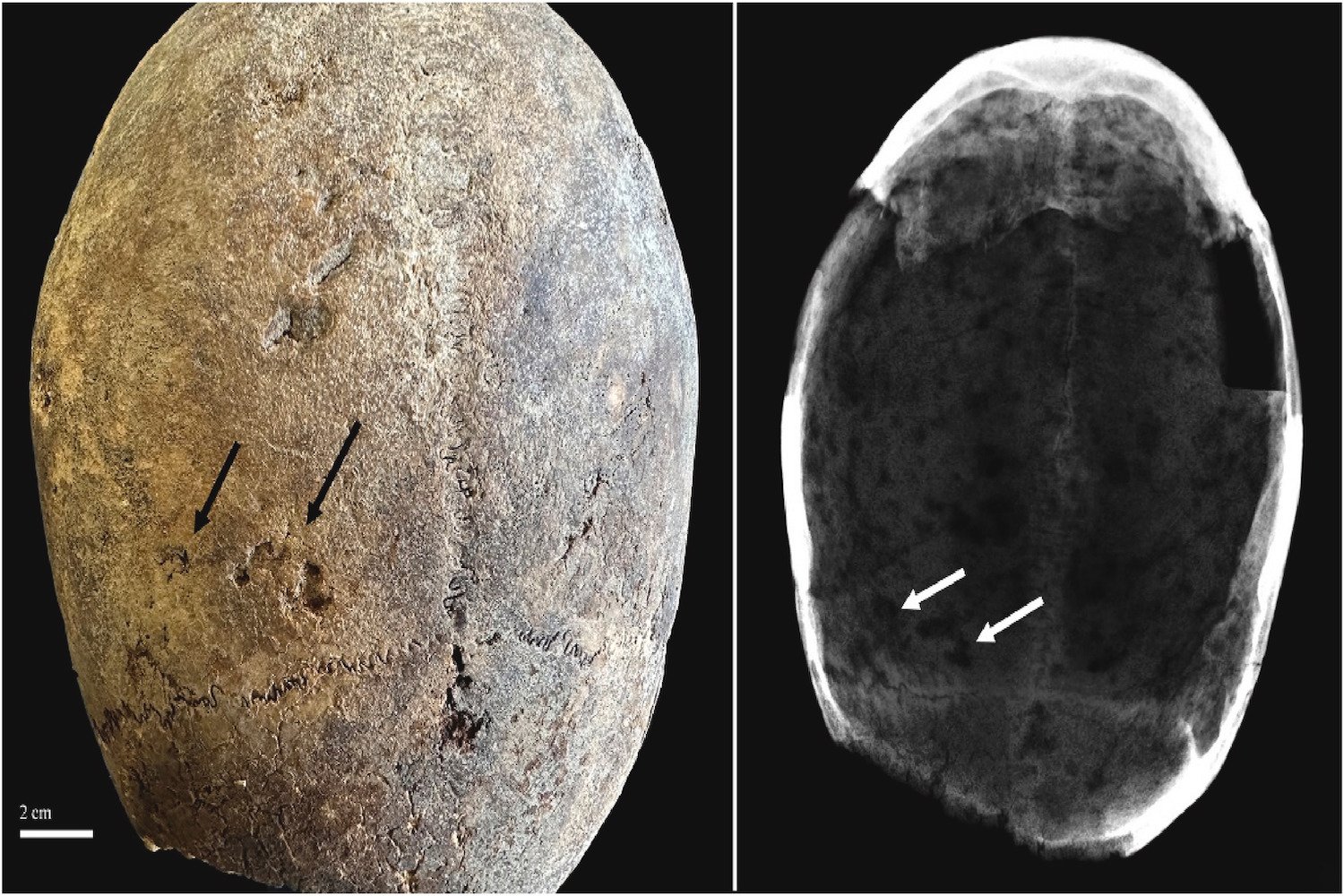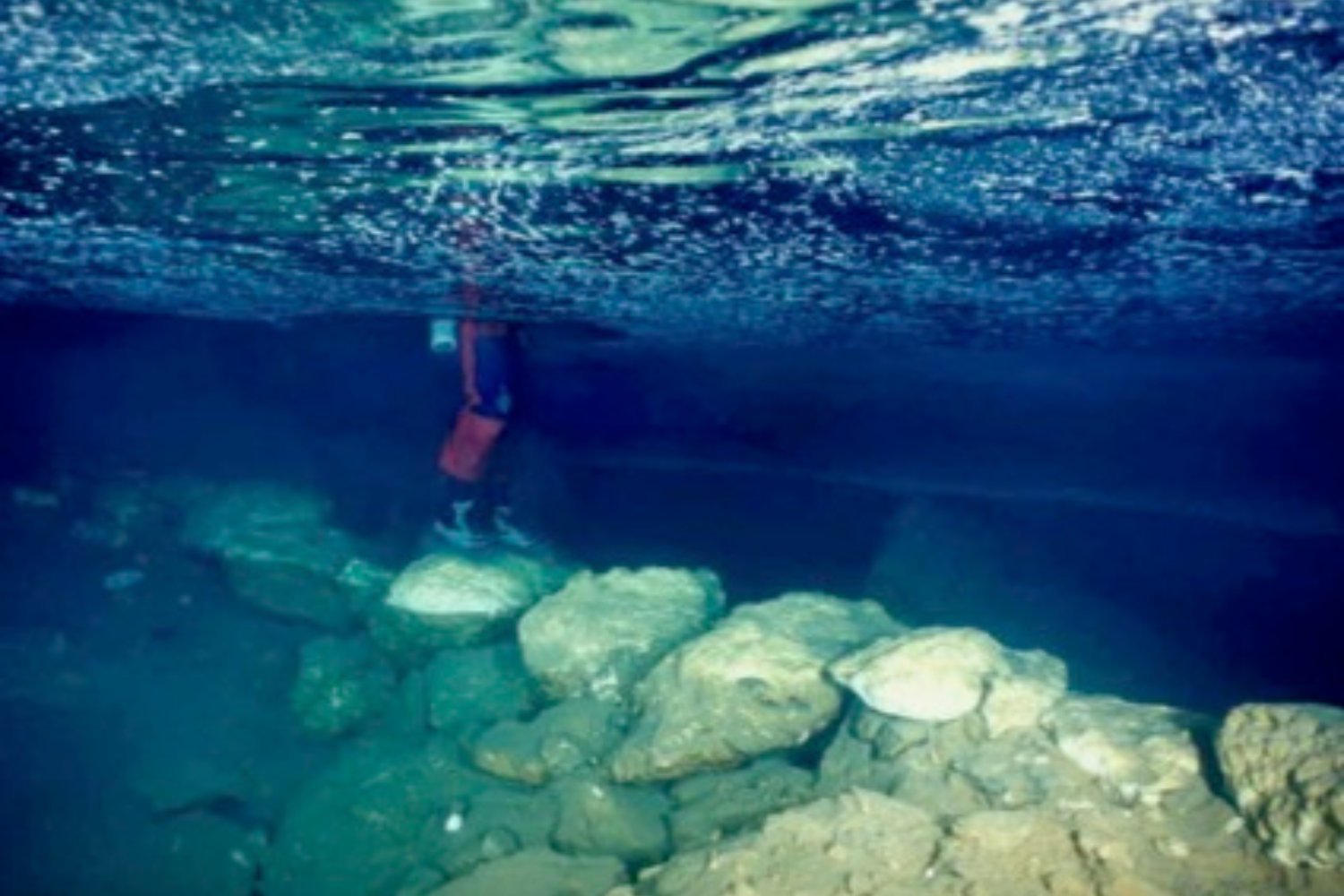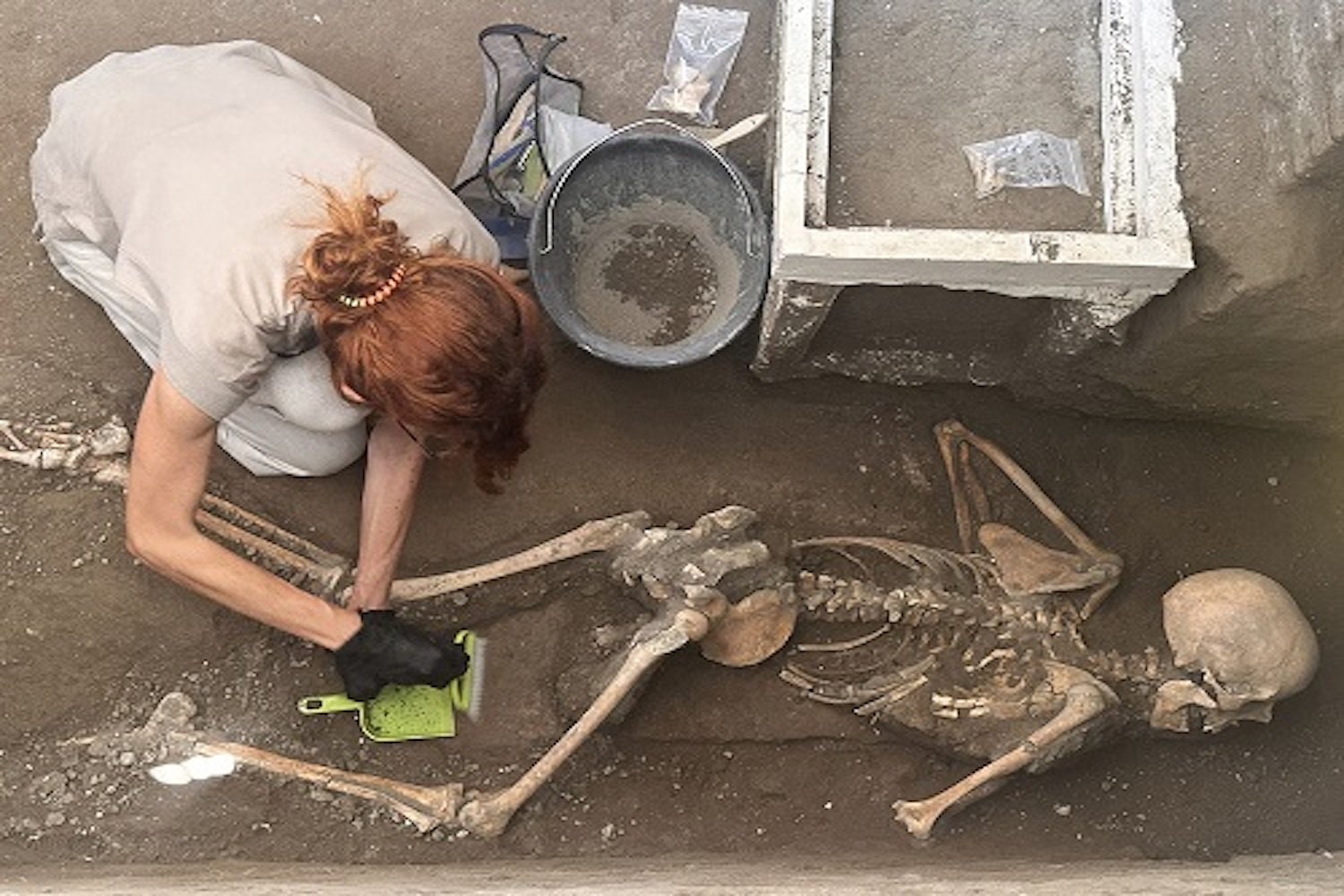The Rhine River valley, during the last Ice Age, witnessed a scene that would ripple through millennia. An individual etched the image of a fish seemingly entangled in netting onto a piece of rock. This seemingly simple act, dating back 15,800 years, is now recognized as one of the earliest representations of fishing in human history.
Researchers from Durham University (England) and the Leibniz Zentrum für Archäologie (Germany) employed advanced imaging to unveil this fish engraving, hidden beneath grid-like patterns on a schist plaquette. Published in PLOS ONE, their study suggests these grid patterns could represent fishing nets or traps. This interpretation not only makes the artifact the oldest depiction of fishing in European prehistory but also offers unique material evidence of Paleolithic hunter-gatherer fishing techniques.
While fish were known to be part of the Paleolithic diet, evidence of capture methods remained elusive. This discovery, as highlighted in a Leibniz-Zentrum für Archäologie statement, provides a crucial piece of the puzzle.
The plaquette is among hundreds unearthed at Gönnersdorf, an Ice Age campsite in Germany occupied roughly 15,800 years ago. Alongside stylized depictions of women, the etchings feature animals vital to Late Upper Paleolithic survival (24,000 to 14,000 years ago): woolly rhinos, wild horses, mammoths, reindeer, and now, fish.
This fish depiction challenges previous interpretations of Gönnersdorf iconography, which primarily focused on naturalistic fauna representations. It suggests Ice Age artists depicted more than just animals and humans, expanding our understanding of their artistic expression.
The fish plaquette’s discovery is part of a larger effort to understand the significance of Gönnersdorf plaquettes in early hunter-gatherer life. Using archaeology, visual psychology, and advanced imaging techniques like Reflectance Transformation Imaging (RTI), the interdisciplinary team explored surface details invisible to the naked eye.
The researchers propose that the plaquettes’ texture and shape might have influenced artistic choices, a phenomenon known as pareidolia – finding meaning in ambiguous patterns, similar to recognizing shapes in clouds. They also hypothesize that Late Upper Paleolithic communities integrated fishing into their symbolic and social practices.
This finding underscores that the absence of archaeological evidence for certain technologies, like fishing nets, doesn’t negate their ancient origins. The Gönnersdorf fish plaquette adds to the remarkable collection of Ice Age art, offering insights into early fishing practices and suggesting that Paleolithic artists drew inspiration from everyday life as well as the natural world.



